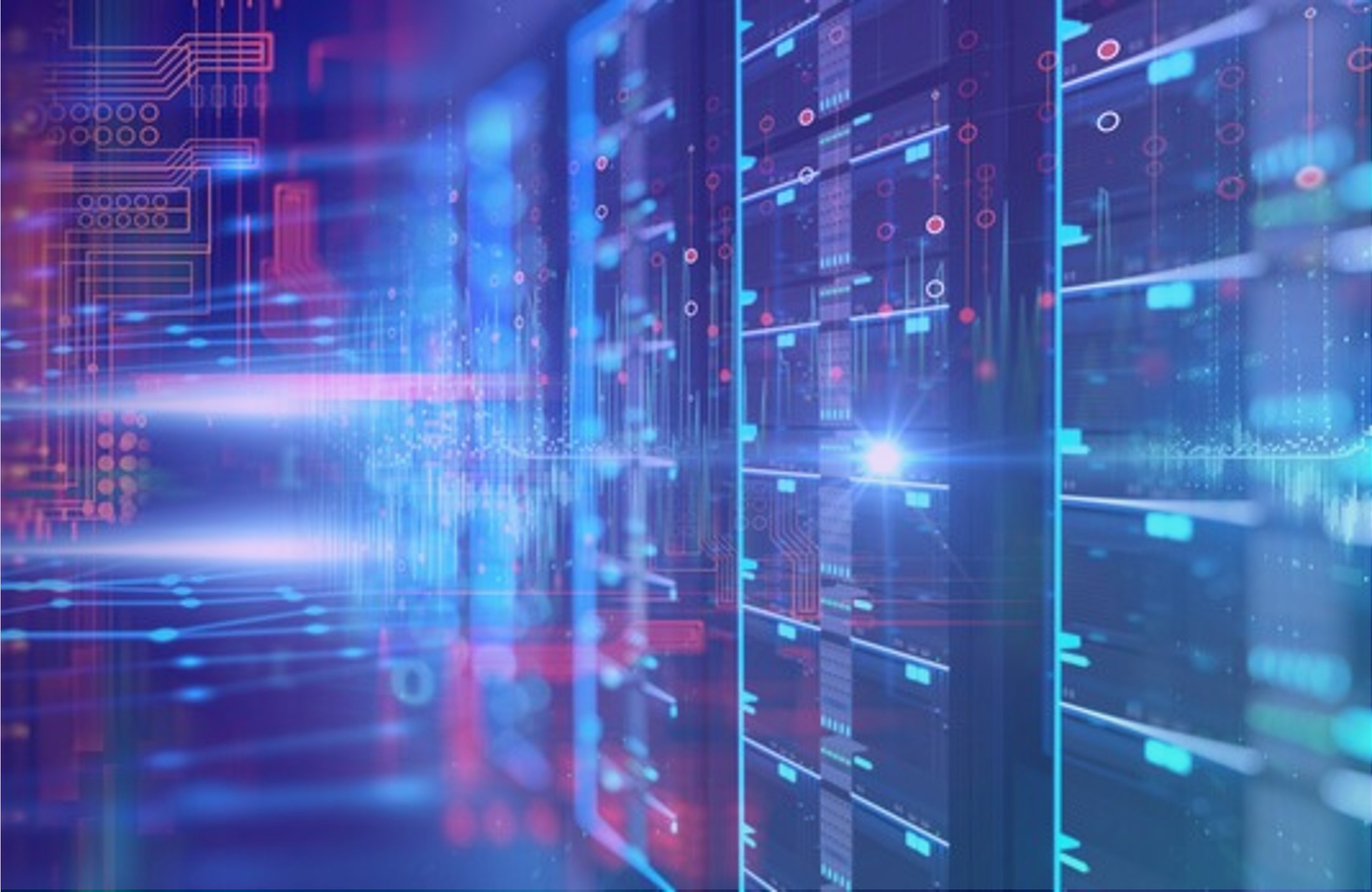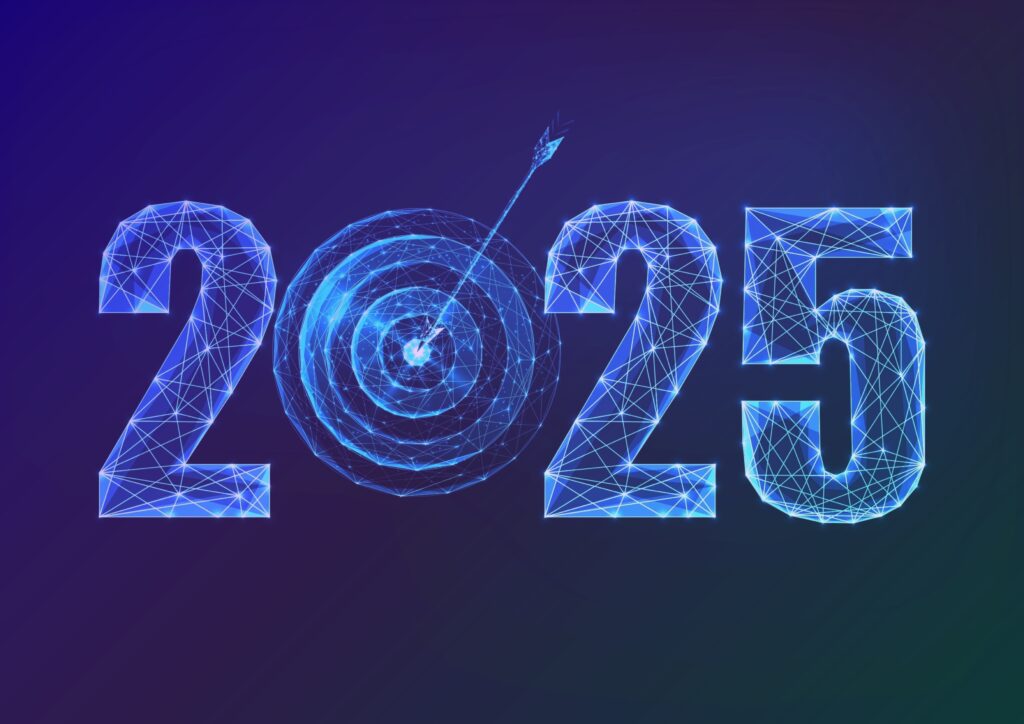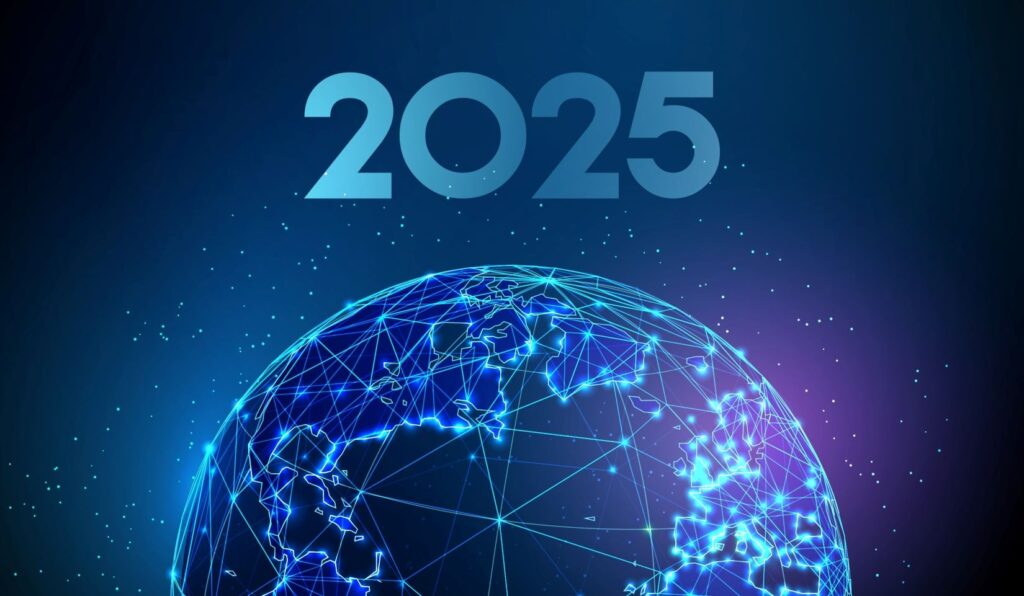ITIM, DEM… Who cares about acronyms today? What organizations want is to monitor all aspects of digital performance. Although IT infrastructure monitoring (ITIM) and digital experience monitoring (DEM) used to be separate areas, they are now interdependent and complementary facets of monitoring digital performance. And so, Centreon has reunited them within a single platform to better meet the needs of organizations for extended visibility. This blog post presents the challenges of monitoring digital performance as well as the role ITIM and DEM together play in solving these challenges. You’ll also learn about the benefits of integrating ITIM and DEM.
Main challenges of monitoring digital performance
Not much is happening within organizations without digital infrastructure and applications being involved. Most organizations share similar challenges as they monitor digital performance—here are just a few.
Managing digital assets… and data
The average organization monitors a diverse set of digital assets such as websites, social media channels, cloud or on-premises applications. The digital assets rely on various technologies and devices to work, from networks, old school servers to virtual machines, SaaS platforms, containers, a range of devices… And then the problem is that these assets generate data, lots of data! While you need data to monitor and improve performance, managing, interpreting, and making sense of such vast amounts of data can be overwhelming.
At the other end of the spectrum of the data problem are data silos. Data that would provide context to understand and optimize digital performance is not shared across teams and platforms. Or the data is not fresh: real-time data is required to maximize responsiveness.
Integrating and sharing timely data is not that easy in today’s fast-paced digital environments and organizations constantly need to adjust where they collect data from and how to valorize it so it’s meaningful and actionable.
Agreeing on methodology and KPIs
While there are many tools and methodologies for monitoring digital performance, there is no one-size-fits-all approach. Defining organization-wide key performance indicators (KPIs) can be challenging; different stakeholders may have different views about what constitutes success, and some important aspects of performance may be difficult to measure.
Access to essential human and material resources
Monitoring digital performance requires a diverse set of skills including data analytics, etc. Many organizations struggle to find or develop the required talent. And although digital performance monitoring is a priority in many organizations, the budget is limited, which can slow their ability to acquire the necessary tools, technologies, and talent.
Organizations integrate ITIM with DEM to alleviate digital performance issues
IT Infrastructure Monitoring (ITIM) and Digital Experience Monitoring (DEM) both play crucial roles in managing and improving digital performance. They approach the task from different angles, providing complementary insights that together offer a comprehensive view of digital performance.
IT Infrastructure Monitoring (ITIM) primarily focuses on the performance and health of an organization’s IT infrastructure—servers, network devices, storage systems, and so forth. It ensures that the infrastructure supporting digital services is running efficiently and identifies issues like system overload, server downtime, and network latency. By doing so, ITIM can help identify and resolve issues before they impact the end-user experience.
Digital Experience Monitoring (DEM) focuses on the end-user experience. It monitors the performance of digital services from the user’s perspective, tracking metrics like page load speed, transaction times, and application responsiveness. DEM can identify issues that impact the user experience but might not be detected by ITIM, such as problems with third-party services or issues that only occur under specific conditions.
Common tools, & common KPIs enable true observability
By using ITIM and DEM together, organizations integrate tools and data, share common methodology and KPIs for a complete understanding of their digital performance. ITIM can identify and resolve issues within the organization’s control, while DEM can provide insights into how users are experiencing the service, identifying issues that might not be apparent from an infrastructure perspective.
For example, let’s say users are experiencing slow load times on a web application. ITIM could check the server and network performance to see if any obvious issues could be causing the problem. If ITIM doesn’t identify any problems, the issue could be on the client side, maybe due to poor browser performance or a third-party asset. That’s where DEM comes in—by monitoring the experience of actual users, DEM can help identify these sorts of issues.
In addition to identifying and resolving problems, the combination of ITIM and DEM can also help organizations proactively improve digital performance. For example, ITIM might identify underutilized resources that could be reallocated to improve performance, while DEM could identify areas where users are consistently having a poor experience, highlighting opportunities for optimization.
Why is extending ITIM with DEM so important for ITOps and the user they serve? Because many benefits are associated with pairing into a single platform, the infrastructure and user perspective—here are a few.
10 main benefits of extending ITIM with DEM
- Full-stack visibility: ITIM and DEM together offer visibility across the entire digital delivery chain, from back-end infrastructure to front end user experience.
- Proactive issue detection: Pairing ITIM and DEM helps organizations proactively identify potential issues before they can impact the user experience or cause downtime.
- Faster problem resolution: ITIM detects where in the infrastructure a problem is occurring, while DEM can reveal how it’s affecting the user, allowing for more precise and quicker troubleshooting.
- Improved user experience: DEM identifies friction points in the user experience, and ITIM can then follow-up to resolve or prevent those friction points, for smoother and more satisfying user experiences.
- Optimized IT operations: ITIM focuses on optimizing resource utilization while DEM measures the impact on the user.
- Reduced downtime: By proactively detecting and resolving issues, ITIM and DEM work together to reduce downtime and ensure uninterrupted digital services.
- Data-driven decision-making: Combined, ITIM and DEM provide rich data for making informed decisions, from IT infrastructure investments to digital service design.
- Better performance benchmarking: By measuring both infrastructure performance (ITIM) and user experience (DEM), organizations can benchmark and continuously improve digital performance.
- Improved business continuity: ITIM helps ensure the robustness and reliability of IT infrastructure, and DEM ensures services are delivered effectively to users, thus enhancing overall business continuity.
- Aligning IT with business goals: ITIM looks at operational efficiency while DEM focuses on user satisfaction which allows to align IT functions more closely with broader business objectives.
Examples: How ITIM and DEM split the job of monitoring digital performance
We’ve seen above that combining ITIM and DEM helps ensure that IT systems function properly and that users have a smooth and satisfying digital experience, leading to higher user satisfaction, reduced churn, and better business outcomes. Wondering how ITIM and DEM split the job between them? Here’s a few industry-specific examples.
E-Commerce
Any issue with the IT infrastructure can directly lead to a poor shopping experience or even website downtime, which could result in substantial financial losses. ITIM ensures servers, networks, and databases that support the website are running optimally while DEM provides insights on website performance, page load times, shopping cart functionality, and other key metrics that directly impact user experience.
Banking & Financial Services
Today most banking is done online or through mobile apps. Downtime can have serious consequences in your industry, from loss of customer trust to compliance issues. ITIM monitors the critical systems supporting transaction processing and customer databases while DEM monitors the performance of customer-facing applications and ensures that customers can smoothly carry out transactions, check their accounts, and access other services.
Healthcare
Digital performance is at the heart of healthcare services. ITIM monitors systems like electronic health records, appointment scheduling, and medical imaging systems. These systems are critical to patient care, and any downtime can have serious consequences. On the other hand, DEM is used to monitor patient-facing applications and portals, ensuring that patients can easily schedule appointments, access their health records, and communicate with providers.
Technology, media, and telecommunications (TMT)
TMT businesses offer anytime, anywhere presence and they are all about user experience. ITIM monitors vast and complex infrastructure, including servers, network devices, and equipment that guarantee service availability and quality while DEM monitors customer-facing applications like self-service portals, mobile apps, and streaming services, aiming to deliver a seamless digital experience to the customers.
Education
Digital experiences augment and facilitate learning, whether it’s in traditional classrooms or online. ITIM ensures that Learning Management Systems (LMS) and other digital platforms are available and performing. DEM monitors the user experience of students and teachers, making sure that online classes, resources, and assignments load quickly and function as expected.
What about your organization?
Could ITIM and DEM work together to your organization’s benefit? There’s only one way to find out: Ask us about the Centreon DEM Extension.
Integrating ITIM and DEM visibility in one platform
Centreon already provides visibility on the infrastructure that supports your applications and connects your users. The Centreon DEM Extension adds visibility into user experiences, even for those hard-to-reach areas such as applications not under your control (SaaS) or Internet-based networks (SD-WAN), Hybrid Networks, DIA-dedicated Internet access, etc.
Your ticket to solve the challenges of digital performance monitoring
The Centreon DEM Extension offers a more accessible, integrated platform that can scale cost efficiently across your complete infrastructure, while providing the essential end user experience insight that helps you determine if the problem originates from user device/browser, network, or SaaS provider / cloud / host.
Would you like to see how ITIM and DEM can work together? Ask us for a demo.
To go Further: Download our ebook “Extended visibility, unlock superior digital performance“. This ebook reveals how to stay on track by extending your IT visibility to 3 essential dimensions: beyond traditional cloud and on-premises infrastructure, to every business process, to the experience of every user, customer and employee.
To keep informed about Centreon news or events, subscribe to our monthly newsletter.















